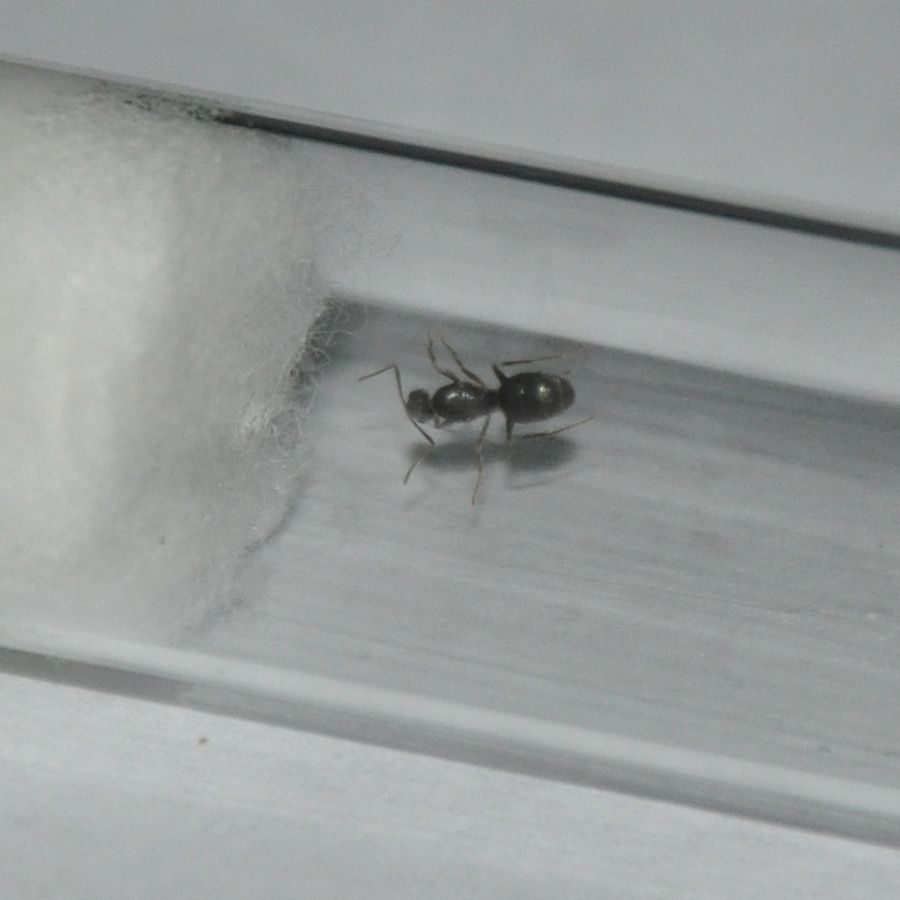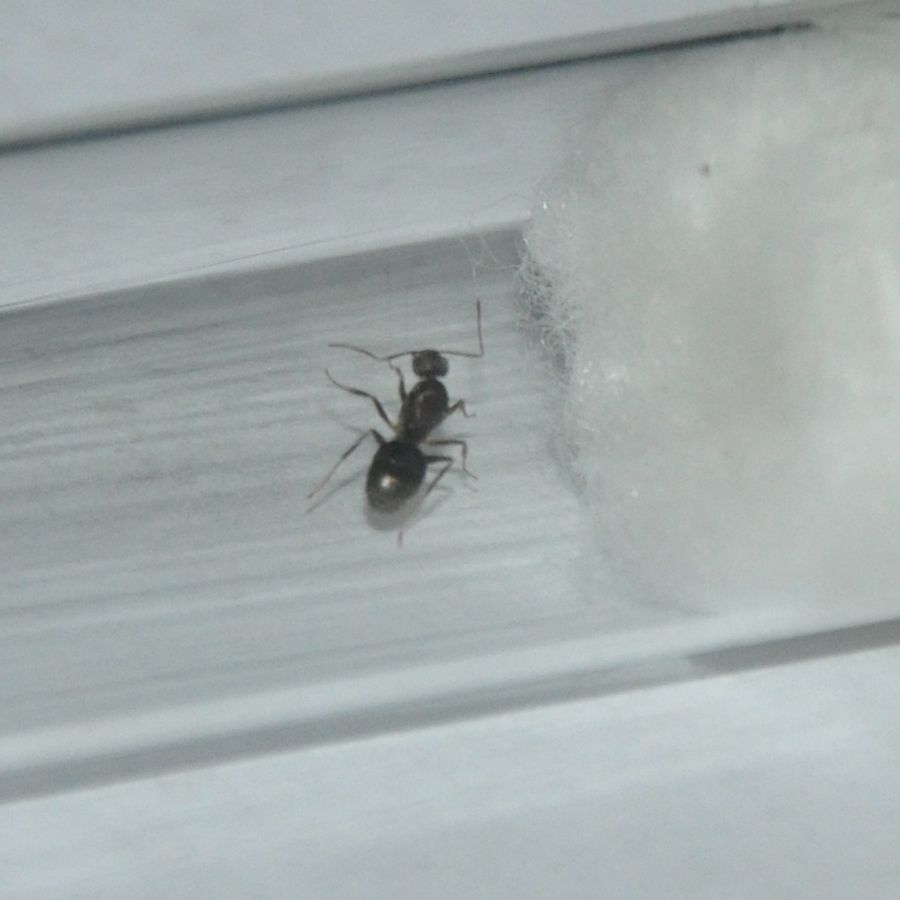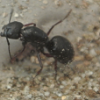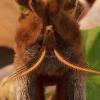I figured it would be hard to ID these due to image quality but I guess I should at least try. If anyone could help me then I would be really glad. ![]() The size is between 3 and 4 mm a bit smaller than the P. longicornis (my first thought) which would be 5 - 6 mm.
The size is between 3 and 4 mm a bit smaller than the P. longicornis (my first thought) which would be 5 - 6 mm. 


- Formiculture.com
- Forums
- Gallery
- Members
- Member Map
- Chat




















